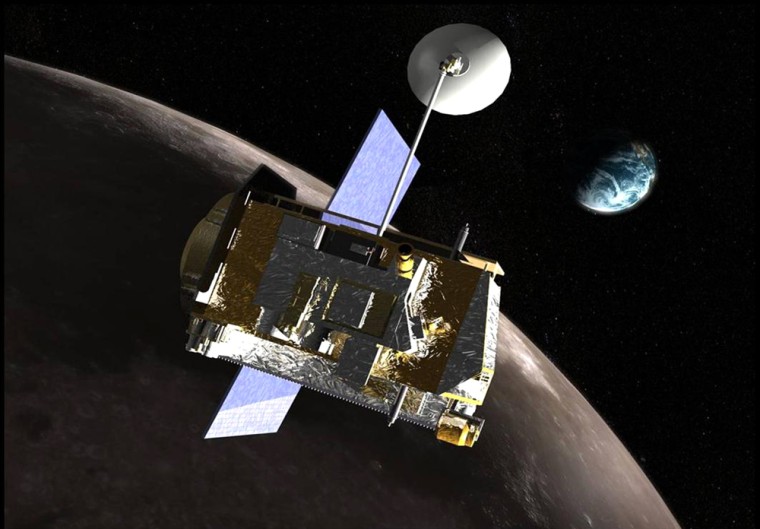NASA officials said Monday that they have run out of room for error as they try to keep the agency's $700 million Lunar Reconnaissance Orbiter (LRO) mission on track for a launch next October.
"We are holding to the Oct. 28 launch date" for the LRO and the Lunar Crater Observation and Sensing Satellite (LCROSS), which are slated to launch together aboard an Atlas 5 rocket, said Carl Walz, director of advanced capabilities in NASA's Exploration Systems Mission Directorate. "Now, that is not to say there are not challenges for LRO and LCROSS. We don't have a lot of slack days with the LRO right now."
Speaking to reporters during a media roundtable, Walz said LCROSS, an $80 million spacecraft NASA added to the LRO mission to take advantage of excess launch vehicle capacity, is doing better schedule-wise. He said the LCROSS team has about 20 days of slack to address any problems that might crop up.
But some of the problems the LRO team is wrestling with, he warned, could affect the assembly schedules of both spacecraft. An inertial measurement unit common to both spacecraft is "having issues," he said when asked for an example.
Richard Gilbrech, NASA associate administrator for exploration systems, blamed LRO's schedule worries on the magnitude of the integration job ahead for NASA's Goddard Space Flight Center in Greenbelt, Md. He said he is keeping a "close eye" on the LRO but so far has not seen sufficient cause to slip the launch date.
Gilbrech and the head of NASA's Constellation Program, Jeff Hanley, also fielded questions about whether the Orion Crew Exploration Vehicle, on track for a 2015 debut, normally would land on ground or splash down in the ocean off the coast of California. The Constellation Program encompasses Orion, NASA's planned space shuttle replacement, as well as other vehicles the space agency needs in order to return to the moon by 2020.
With an Orion preliminary design review slated for late 2008, spacecraft designers are proceeding on the assumption that Orion's normal mode of landing will be an Apollo-like splashdown with only a contingency capability to touch down on land.
Gilbrech said that while the Constellation Program is leaning toward a water-landing scheme, because it appears safer and does not require Orion to carry 680 kilograms of airbags to the Moon and back, a final decision is still at least a year away.
"We have not picked a landing mode for Orion yet. Both options are still on the table as we head into the coming year," he said.
